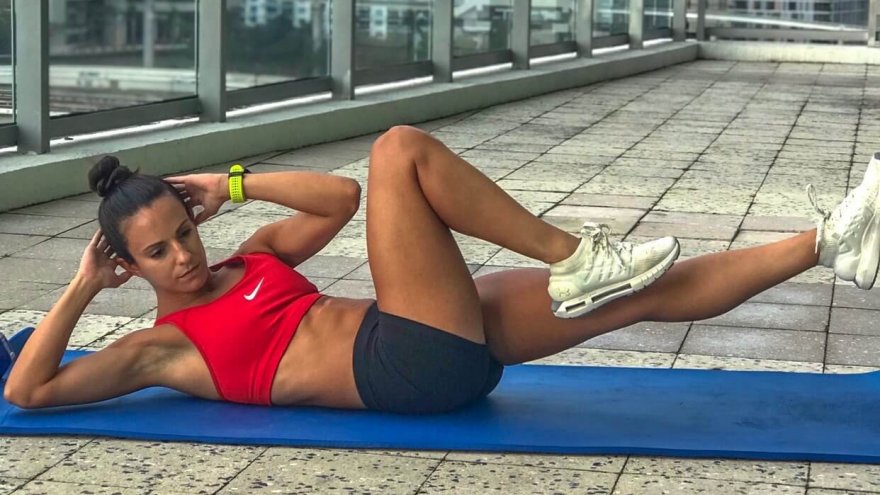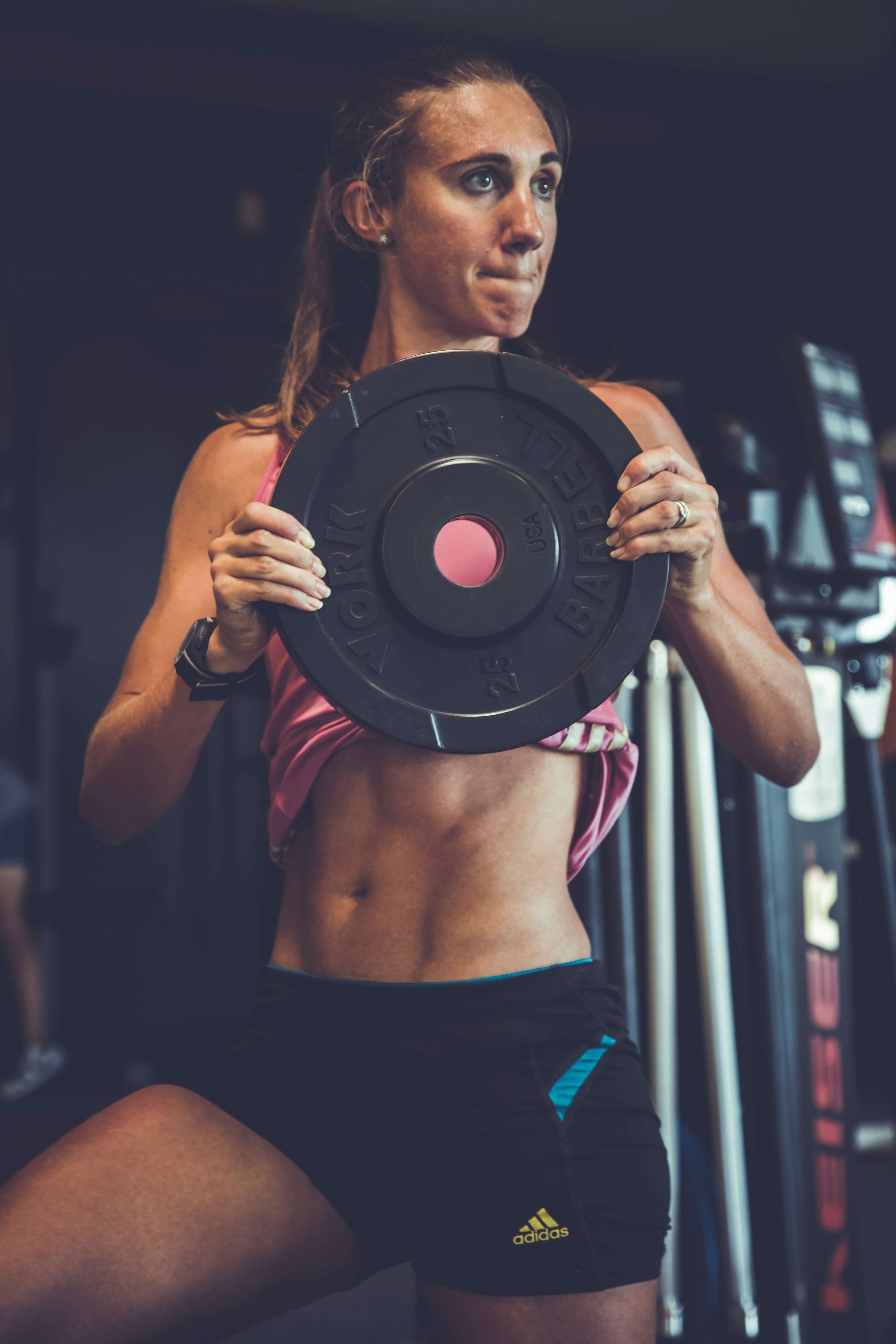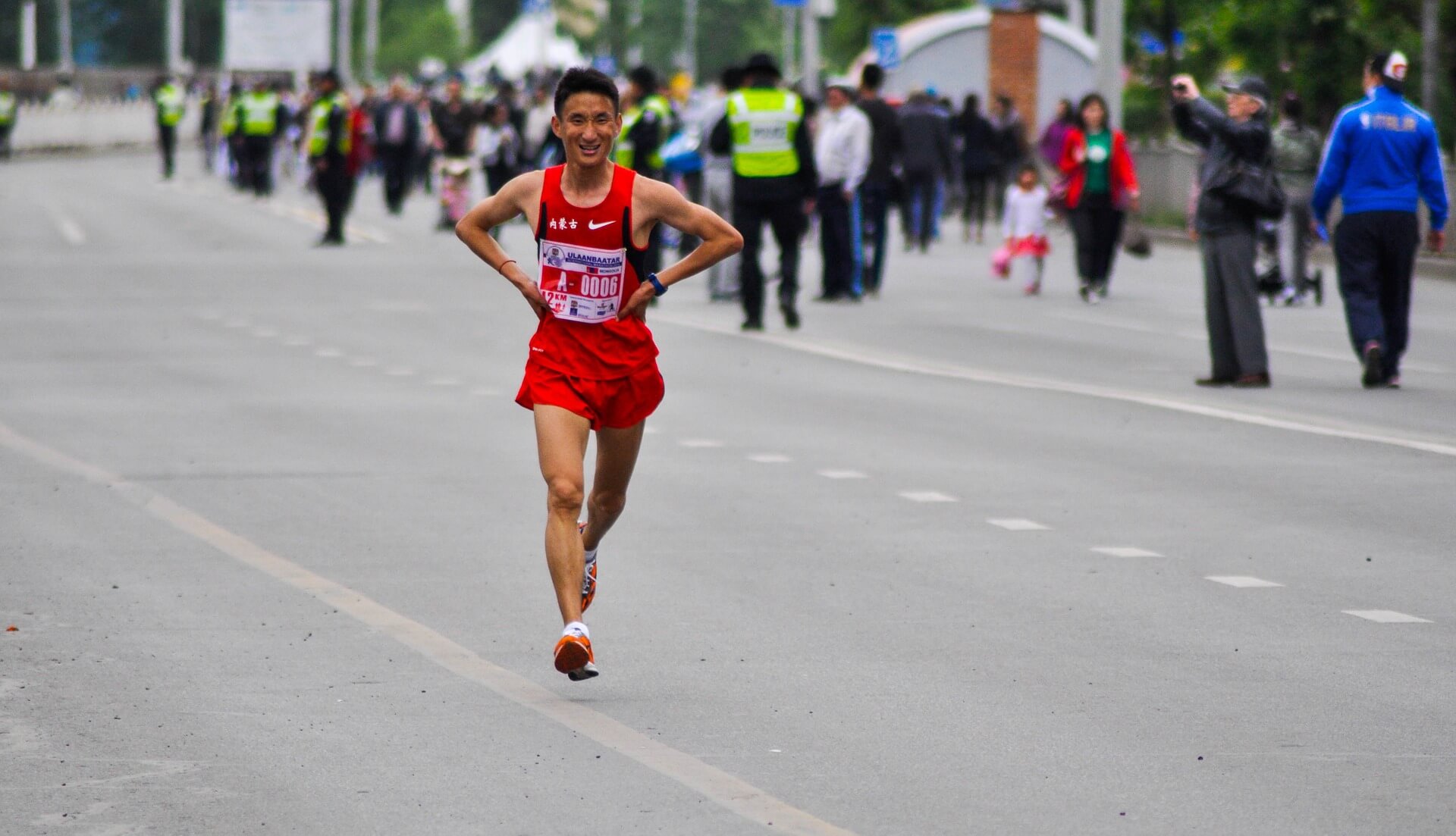Transverse Abdominis: Core Muscle You Shouldn’t Ignore

In an ideal world, all runners would know exactly how to prevent any injury and therefore make time to practice these injury prevention strategies and the outcomes would be that they never get injured. Well, this is far from real life but is not so far off since for many injuries the prevention strategies are simply to focus on strengthening. It makes sense to strengthen the upper body in order to avoid upper body injuries and to focus on the lower body to avoid lower body injuries. The most common area of pain and injury is the lower back. In order to help prevent problems with this part of the body, it is best to focus on keeping the core muscles strong. The truth is core weakness is actually a cause of many upper and lower body injuries as well.

Core Muscle Function
As many people think the core muscles are not just the abdominals. The core consists of the entire trunk area: the upper and lower back, chest muscles, abdominals, hip flexors, and glutes. All of these muscles together function to provide support for the rib cage and organs as well as a stable base for our extremities as they move around. A strong core helps regular activities feel easy such as bending, standing from a chair, lifting objects, and maintaining positions. Our arms may be what is reaching for something up in a high cabinet and carrying it down to the counter, but without the core muscles, our arms would either have an extremely difficult time trying to stabilize these movements or not be able to do these tasks at all.

Transverse Abdominis
The deepest and most important muscle is the transverse abdominis (TVA) muscle. This core muscle lies below all of the other abdominals and may be responsible for many injuries related to the spine directly and extremities indirectly. You may think that every time you perform abdominal exercises you are working the TVA as well, but unless you actively engage the muscle, it will remain quiet during other exercises. There are specific exercises that will directly target this important muscle group that actually improves its natural activation during any other exercise or active movement.
Transfers Pressure Away from the Spine
Studies have been done on the effects of transverse abdominis strength on the lower back. In the majority of cases, lower back pain, especially in the chronic stages, is a direct result of weakness in other areas surrounding the spine. Outside forces and repetitive movements such as bending, twisting, and squatting put pressure directly on the spine which leads to disc herniation, nerve impingement, strains, and arthritis. If the core muscles are strong then these outside forces are better transferred to surrounding muscles such as the hips. If the transverse abdominis is solely the weak muscle, then the rest of the core muscles would not be able to effectively transfer the force as the TVA is what stabilizes and prepares these muscles to activate.

Helps Build a More Defined Midsection
Many people confuse the transverse abdominis with the rectus abdominis. The rectus abdominis is actually the outermost layer of the abs, which is what is in charge of the visible six-pack on some lean individuals. When strengthened this muscle group will bulk up outwardly, which can be a good thing if you have a low body fat percentage, but not so good if you have the opposite. When the body fat percentage is high, then this bulk will actually make you look bigger. When the TVA is strengthened it will tighten up and develop inwardly, helping shape the midsection to look smaller.
Stabilizes the Pelvis During Running
Since the TVA connects to the iliac crest on the hips, it has a function of keeping the pelvis in a neutral position. This neutral position is extremely important not only for sudden bending and twisting motions but also for repetitive stresses such a running. If this muscle is weak, there will be microscopic movements of the pelvis that can eventually lead to lower back pain, hip dysfunction, and even injuries in the upper and lower body. Having a weak TVA will cause all other muscles to overwork to try and stabilize the body in a proper running posture. Once those muscles begin fatiguing and the TVA cannot do its job, increased strain is placed on the spine and other areas.

Strengthening the TVA
The simplest and most effective way to strengthen the transverse abdominis is to perform a “bracing” exercise. While lying flat on your back with knees bent up and feet flat, slowly roll your hip back to create a ‘flat back’ against the ground. You should not feel too much pressure in the ab muscles as you would when performing sit-ups or crunches. Once you feel your back flat on the floor, hold this position for five to ten seconds and release. Perform ten repetitions a few times per day. This exact movement should be done every time you perform any other movement, especially abdominal exercises and bending or twisting activities. Once this muscle gets stronger, the activation will come naturally when moving around, including during running.
Sources
Latest Articles
 Is Running on a Treadmill Easier Than Running Outside?Runners have their own preferences, whether it is treadmill running, running outside on the road, or exploring trails. So...
Is Running on a Treadmill Easier Than Running Outside?Runners have their own preferences, whether it is treadmill running, running outside on the road, or exploring trails. So... Is It OK to Use Trail Running Shoes on the Road?While trail running shoes can be used on roads, especially in situations where a runner encounters mixed terrains or pref...
Is It OK to Use Trail Running Shoes on the Road?While trail running shoes can be used on roads, especially in situations where a runner encounters mixed terrains or pref... How to Fix Sore Quads After Running?Rest, ice, gentle stretching, and over-the-counter pain relievers can help soothe sore quads after running. Also, ensure ...
How to Fix Sore Quads After Running?Rest, ice, gentle stretching, and over-the-counter pain relievers can help soothe sore quads after running. Also, ensure ... 10 Fruits With The Most Electrolytes to Replace Sports DrinksThese fruits are high in electrolytes such as potassium, magnesium, and calcium, essential for hydration, muscle function...
10 Fruits With The Most Electrolytes to Replace Sports DrinksThese fruits are high in electrolytes such as potassium, magnesium, and calcium, essential for hydration, muscle function...

